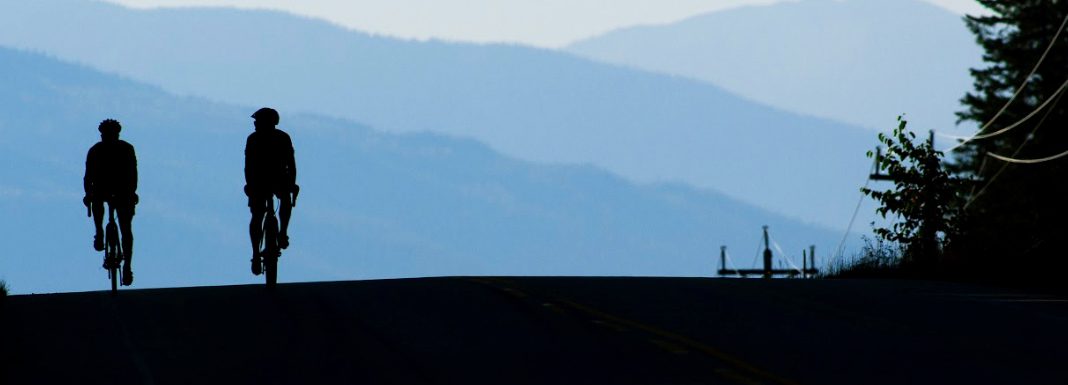“Cooling down” means that after you exercise intensely, you slow down and exercise at low intensity for a while before you stop exercising for that session. The scientific literature is controversial on whether cooling down helps to reduce next-day muscle soreness to help muscles to recover faster. I believe that cooling down may help you to heal faster from muscle soreness after intense exercise, which allows you to recover faster from intense workouts. There is some evidence that cooling down augments your immune system response to help muscles fibers heal faster from the Z-line damage caused by hard exercise (Sports Med, July 2018;48(7):1575-1595; Nat Rev Immunol, 2011;11:607-615).
You can tell you are damaging muscles when you exercise vigorously enough to feel burning during exercise and when you get soreness in those muscles that develops 8-24 hours later (Strength & Conditioning Journal, October 2013;35(5):16-21). This is called Delayed Onset Muscle Soreness (DOMS). The old explanation that cooling down helps muscles recover faster by ridding them of lactic acid does not adequately explain any improvement in recovery time after intense exercise. Lactic acid build-up from intense exercise lasts, at most, for only a few minutes even if you do not cool down. Muscle soreness that starts more than four hours after stopping exercise is not caused by lactic acid accumulating in muscles; it is caused by damage in the muscle fibers.
Cooling Down May Help You Recover Faster
Many coaches and athletes believe that cooling down helps muscles heal so the athlete can resume intense workouts sooner and thus become a stronger athlete. However, there is conflicting scientific evidence whether cooling down helps to prevent DOMS. There is some evidence that cooling down does help to relieve DOMS three days after intense exercise (J Strength Cond Res, Oct, 2012;26(10):2777-82), but smaller studies on non-competing athletes fail to show that cooling down reduces next-day muscle soreness (J Hum Kinet, Dec 2012;35:59-68; Aust J Physiother, 2007;53(2):91-5), or helps athletes to recover faster (J Hum Kinet, Mar 2012;31:121-9). There is data to show that cooling down reduced pain when pressure was applied to muscles with DOMS 48 hours after intense exercise, more so than on the muscles of those who did not cool down (J of Human kinetics, Jan 26, 2013;35(1):59-68). A recent review of the scientific literature concluded that cooling down does not enhance same-day or next-day sports performance, even though it may help to clear lactic acid in blood faster, but cooling down may partially prevent immune system depression and promote faster recovery of the heart and lungs (Sports Med, Jul 2018;48(7):1575-1595).
Known Benefits of Cooling Down
• Cooling down can help to keep you from feeling dizzy or passing out after very vigorous exercise (Medicine and Science in Sports and Exercise, Sept 1994;26(9):1095-1101). Most people who pass out in races do so after they stop running suddenly at the finish line. In one study, all of the runners who collapsed had an excessive drop in blood pressure when they went from lying to standing, and the few cases of collapse away from the finish line were far more serious and were often caused by diseases such as asthma, heart damage or heat stroke (Physician and Sportsmedicine, 2003;31(3):23-29).
• Cooling down can help to clear lactic acid and relieve oxygen debt after intense running (J of Applied Physiol, Nov 6, 1966;21(6):1767-1772).
Cooling down has NOT been shown to improve fitness level, make you stronger (J Strength Cond Res, Nov 2012;26(11):3081-8), or to prevent injuries.
My Recommendations for Recovery After an Intense Workout
• Before every intense workout, warm up by going slowly until your muscles feel fresh.
• After every intense workout, do a prolonged cool-down of at least 10 minutes at an easy pace (Sports Science Exchange, 87:15, 2002; J Sports Sci Med, 2004 Sep; 3(3):131-138).
• Drink fluids for a faster recovery (Journal of Sports Sciences, January 2004).
• Add salt on hot days, if your muscles feel excessively fatigued or if you develop cramps (Can J Appl Physiol, 2001;26 Suppl:S236-45).
• Eat as soon as you finish your intense workout (J Sports Sci Med, 2004 Sep; 3(3): 131–138). It doesn’t matter what you eat in your post-intense-workout meal, as long as it contains lots of protein and carbohydrates (Am J Clin Nutr, Jan 2017; Med Sci Sports Exerc, Oct 2008;40(10):1789-94). In one study, fast foods such as French fries, hash browns and hamburgers helped athletes recover just as quickly from hard workouts as sports nutrition products such as Gatorade, PowerBars and Clif Bars (International Journal of Sport Nutrition and Exercise Metabolism, March 26, 2015).
• After each intense workout, get off your feet and do as little walking as possible.
• Try to sleep within a few hours after your intense workout as you may recover faster by sleeping than remaining awake (South African J Research in Sport, Physical Education and Recreation, Jan 2012;34(1):167 – 184). Loss of sleep can impair exercise performance (European Journal of Applied Physiology, April 2017;117(4):699-712).
• Do not take non-steroidal anti-inflammatory drugs (NSAIDs) to relieve muscle soreness. NSAIDs can block gains in strength and endurance (PNAS, June 27, 2017;114(26):6675-6684; Med & Sci in Sports & Ex, April 2017;49(4):633-640).
For a more complete review, see Recovery: The Key to Improvement in Your Sport
Checked 8/13/22


